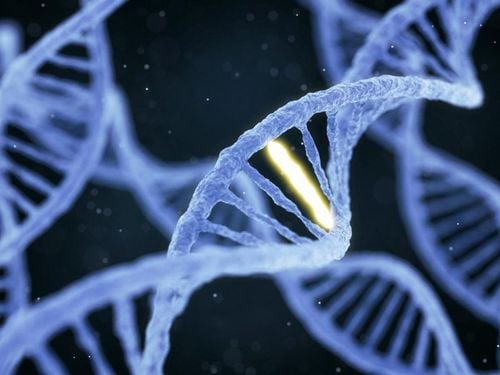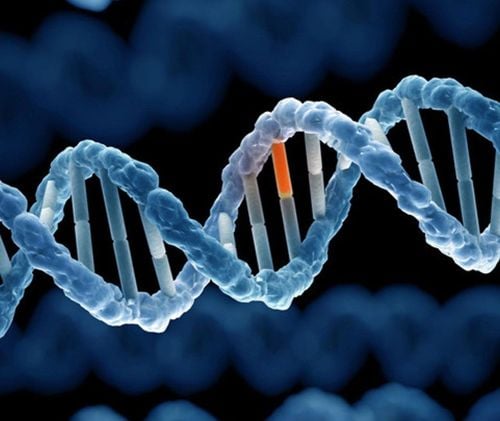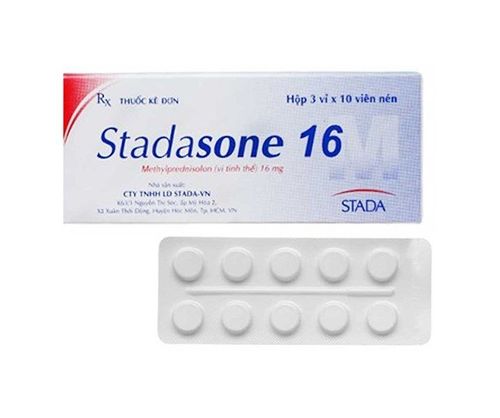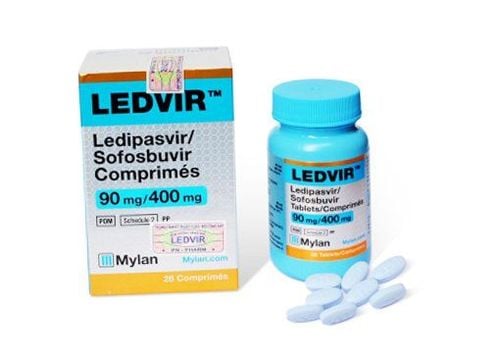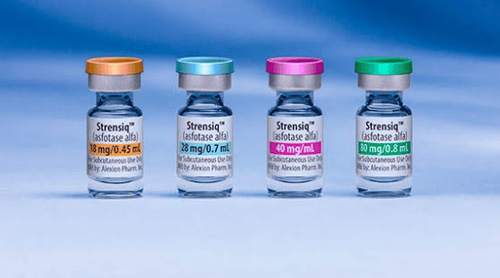This is an automatically translated article.
Barraquer-Simons syndrome is the name of a rare disorder with important and often overlooked clinical consequences. Barraquer-Simons syndrome is an acquired localized lipodystrophy of unknown etiology, characterized by subcutaneous fat loss limited to the upper body. Insulin resistance and other metabolic complications are less common when compared with other forms of lipodystrophy.
1. What is Barraquer-Simons syndrome?
Human lipodystrophy is a group of inherited or acquired disorders characterized by local or systemic fat loss. Lipodystrophy is often associated with complex metabolic complications and has further emphasized the importance of adipose tissue as an endocrine activator. Insulin resistance, diabetes mellitus, dyslipidemia, hypertension, and hepatic steatosis are common complications seen in those with the disease. The severity of metabolic diseases is related to the extent of body fat loss. There is a general consensus that insulin resistance may result from fat loss and subsequent leptin deficiency.
Over a century ago, Mitchell, Barraquer, and Simons described the first case of lipodystrophy, known as progressive lipodystrophy or Barraquer-Simons syndrome, which is now known as lipodystrophy acquired set. This is a rare syndrome with about 250 recorded patients, mainly from Europe. Women are 3 to 4 times more likely to get the disease than men. Fat loss usually occurs in childhood or adolescence, and is often followed by acute viral infections such as measles.
Barraquer-Simons syndrome is characterized by loss of subcutaneous fat in the upper half of the body, including the face, neck, arms, rib cage, and upper abdomen. In contrast, subcutaneous adipose tissue in the buttocks and lower extremities remained preserved or tended to be more abundant. Unlike other forms of lipodystrophy, insulin resistance and associated metabolic disturbances in Barraquer-Simons syndrome are less common and less severe. Hypertriglyceridemia accounts for 30% of all patients, and diabetes is present in only 10% of patients. One-third of patients with Barraquer-Simons syndrome present with membrane-infiltrating glomerulonephritis and signs associated with alternative pathway activation such as decreased blood C3 levels and the presence of body element C3.

Hội chứng Barraquer-Simons
2. Signs to recognize Barraquer-Simons . syndrome
The cause of Barraquer-Simons syndrome is currently not fully understood, but experts find that the disease often begins after episodes of viral infections. The most common signs and symptoms experienced by people with Barraquer-Simons syndrome are:
Loss of subcutaneous fat in the upper body, including the face, neck, upper extremities, chest, and upper half of the abdomen. Intellectual impairment Seizures Muscle abnormalities Joint damage Hearing loss Fatty liver Kidney disease such as glomerulonephritis Urine abnormalities such as hematuria, proteinuria Manifestations of diabetes due to insulin resistance Increased blood triglycerides Dyslipidemia Drusen plaques: deposition of hyaline under the retina Hairy Autoimmune diseases The clinical signs and symptoms of Barraquer-Simons syndrome are diverse and closely related to other diseases. metabolic disorder caused by loss of fat in the body. Metabolic abnormalities may also be absent in patients with late-onset lipodystrophy. When noticing unusual symptoms, the patient should see a doctor for a comprehensive consultation and examination, to avoid missing the disease.

Rậm lông có thể là biểu hiện của hội chứng Barraquer-Simons
3. Causes of Barraquer-Simons . Syndrome
Today, Barraquer-Simons syndrome is still not exactly understood for its pathogenesis and etiology. Mutations in multiple genes have been found in patients with hereditary lipodystrophy, including mutations in LMNA, PPAR, AKT2, and ZMPSTE24 in localized muscular dystrophy, and mutations in the AGPAT2, BSCL2, CAV1 and AGPAT2 genes. PTRF in congenital systemic muscular dystrophy. However, the molecular pathogenesis of hereditary lipodystrophy has not yet been discovered. Hereditary lipodystrophy is the result of multiple genetic mutations in combination with extra-environmental factors that initiate disease manifestation. The family history of patients with Barraquer-Simons syndrome is not usually related, but multiple autoimmune diseases are commonly reported at the same time, such as membranous glomerulonephritis, systemic lupus erythematosus, dermatomyositis, and inflammatory bowel disease. focal scleroderma. Functional abnormalities such as deafness, epilepsy, and mental retardation may also be present.
4. Diagnosis of Barraquer-Simons . syndrome
The clinical symptoms and biomarkers of individuals suspected of having Barraquer-Simons syndrome are often the main clues to establishing the diagnosis. Characteristic abnormal adipose tissue distribution includes: proportional loss of subcutaneous fat in the face, neck, upper extremities, chest and abdomen, and fat preservation in the lower extremities. Some other features that also contribute to the diagnosis of the disease include:
Adolescent onset No family history of lipodystrophy Low blood C3 levels of which, Low blood C3 allows to distinguish Barraquer-Simons syndrome from other forms of lipodystrophy.

Điều trị hội chứng Barraquer-Simons như thế nào?
5. Treatments for Barraquer-Simons . Syndrome
Currently, there is no specific treatment to completely cure Barraquer-Simons syndrome. Approaches to hereditary lipodystrophy syndrome include ensuring aesthetics for patients by surgical methods and good management of metabolic disorders. The main goal of cosmetic surgery is to limit the psychological abnormalities caused by the disease and improve the quality of life. Metabolic complications need to be screened and treated, although sometimes not very serious. A low-fat diet and regular exercise are recommended in all patients with Barraquer-Simons syndrome. Medicines are added when needed and depends on each individual patient. Thiazolidinediones are capable of activating the differentiation and growth of adipocytes and may be effective in some types of muscular dystrophy. The prognosis of Barraquer-Simons syndrome depends mainly on the extent of kidney damage. A small number of patients need a kidney transplant when kidney disease enters end-stage, often associated with glomerulonephritis.
In summary, Barraquer-Simons syndrome is an extremely rare disorder in clinical practice, causing many serious effects on the health and psychology of patients. It is important to diagnose the disease and evaluate the repeat frequency. Long-term follow-up of patients is also necessary to detect metabolic disorders in a timely manner, especially life-threatening kidney diseases and some other pathologies.
Vinmec International General Hospital is the address for examination, treatment and prevention of diseases. When performing the examination process at Vinmec, customers will be welcomed and used modern facilities and equipment along with perfect medical services under the guidance and advice of experts. Good doctors, well-trained both at home and abroad.
References: ncbi.nlm.nih.gov
Please dial HOTLINE for more information or register for an appointment HERE. Download MyVinmec app to make appointments faster and to manage your bookings easily.




